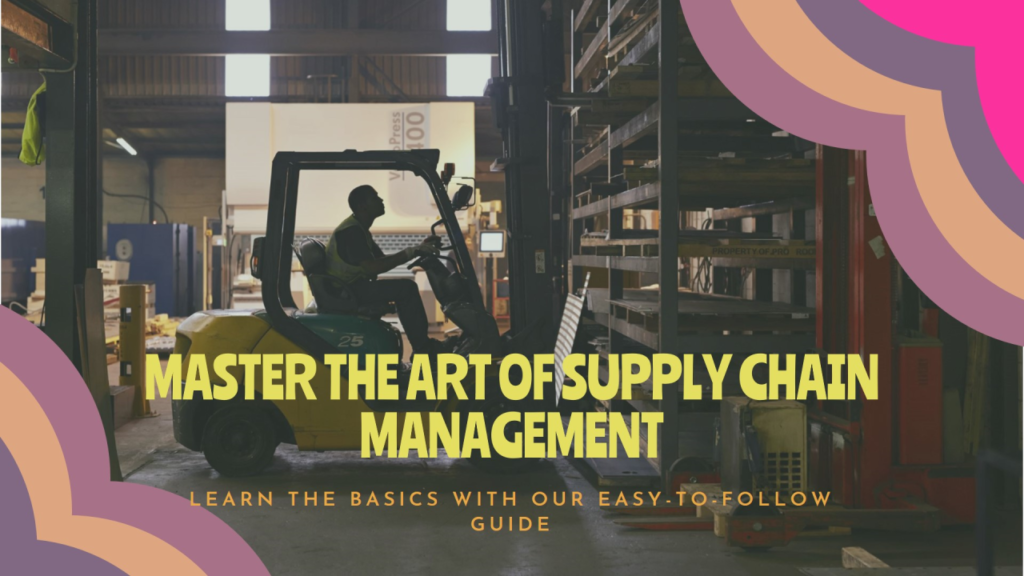Quality Control (QC) and Quality Assurance (QA)
Quality is foundational in supply chain management, governed by two complementary practices: Quality Control (QC) and Quality Assurance (QA). QC focuses on testing products to ensure they meet specific standards before they reach consumers. QA manages the overall process to ensure consistency and aims to proactively eliminate flaws at every stage.
A significant quality-related challenge is random (or uncontrolled) variability, which introduces risks. Identifying the root cause of this variability often uncovers underlying issues, classified as common cause variability (normal, expected fluctuations) or special cause variability (unexpected deviations that require immediate investigation).
Third-Party Logistics (3PL) and Transportation
Efficient supply chains rely on third-party logistics providers (3PLs) to deliver products or services. Here are some critical terms and options for transportation solutions:
- O-D Pair: Origin-Destination pairs, a core element in routing and logistics.
- Transit Time: The period required to move goods between the O-D pair.
- Multimodal and Transloading: Multimodal shipping combines multiple forms of transportation (e.g., truck and rail), while transloading involves transferring cargo between modes without storage in-between.
- Bulkers and ROROs: Specialized vessels for bulk materials and Roll-On/Roll-Off transport for vehicles.
- FCL and LCL: Full Container Load (FCL) vs. Less Than Container Load (LCL) shipping options, depending on shipment volume.
- TEUs: The largest container ships can carry almost 20,000 Twenty-foot Equivalent Units (TEUs), crucial for maximizing shipment efficiency.
On land, businesses use various truck types and methods:
- IOTR: Intercity Over-the-Road trucking, often using tractor-trailers.
- HOS: Hours of Service regulations to ensure driver safety.
- ELDs: Electronic Logging Devices that track driver compliance with HOS rules.
- Dedicated Fleets vs. Contract and Common Carriers: Dedicated fleets offer exclusive use, while contract carriers are used by specific clients, and common carriers serve the public.
In terms of cargo volume:
- FTL vs. LTL: Full Truckload (FTL) shipments, typically over 10,000 pounds, vs. Less Than Truckload (LTL) shipments, below that threshold.
- Freight Brokerage: An arbitrage approach to coordinate logistics between shippers and carriers for profit.
Parcel shipping, led by UPS, FedEx, DHL, and USPS, focuses on smaller, individual packages, while air cargo includes belly cargo (space below passenger planes) and igloo cargo (specialized containers). Interestingly, about half of the world’s air cargo capacity is provided by belly cargo.
Choosing the Right Mode of Transportation
Selecting an appropriate transportation mode depends on three factors:
- Product Characteristics: The nature of goods, like perishability or fragility.
- Facility Characteristics: Warehousing requirements at each facility.
- Time Constraints: Delivery speed needs.
Additional logistics strategies include backhaul rates (using return routes at a lower cost) and incoterms like DDP (Delivered Duty Paid) and DAP (Delivered at Place), which dictate the buyer’s and seller’s responsibilities.
Warehouse and Inventory Management
Effective warehouse management prevents stockouts and streamlines operations. Eight high-level processes drive this efficiency:
- Receiving: Goods acceptance.
- Put-away: Storing items.
- Inventory Counts: Verifying stock levels.
- Picking: Selecting items to fulfill orders.
- Packing: Preparing orders for shipping.
- Shipping: Dispatching orders.
- Yard Management: Overseeing loading and unloading activities.
- Over, Short, and Damaged (OS&D) management for defective or missing items.
Inventory practices include:
- Cycle Counting vs. Traditional Counting: Regular partial counts vs. complete inventory audits.
- Warehouse Management System (WMS) and Warehouse Execution System (WES): Software for tracking inventory and warehouse tasks.
Packaging innovations such as corrugated and shelf-ready packaging further simplify stock handling. Additionally, yard management involves managing live loading/unloading and drop-and-hook activities to streamline trailer movement.
Inventory Policies and Technology
Inventory policies guide reorder timing, either based on inventory levels or on a periodic basis. The Economic Order Quantity (EOQ) model optimizes order quantity to minimize holding and ordering costs, with SKUs (Stock Keeping Units) identifying individual products.
Technology like RFID tags (active and passive) helps improve accuracy. GS-1 barcodes and Universal Product Codes (UPC) streamline inventory tracking. Blockchain also offers transparency, tracking parts’ histories, especially vital in industries like aviation and automotive.
Reverse Logistics and Sustainability
Returns and reverse logistics are essential for customer satisfaction. Return reasons include a changed mind, gift returns, or excess returns. The shift toward recommerce (resale of returned goods) and efficient RMA (Return Merchandise Authorization) processes are growing trends.
Measuring Success and Asset Efficiency
In supply chains, “What gets measured gets done.” Use both internal and external metrics, sharing metrics with suppliers to encourage improvements. Asset efficiency can be boosted by reducing assets or using existing assets more effectively, especially with reusable items like totes, tubs, and bins.
In conclusion, by understanding and applying these supply chain principles, companies can enhance operational performance, reduce waste, and deliver better service to clients. As the industry continues to innovate, these fundamental concepts will remain crucial to success.

